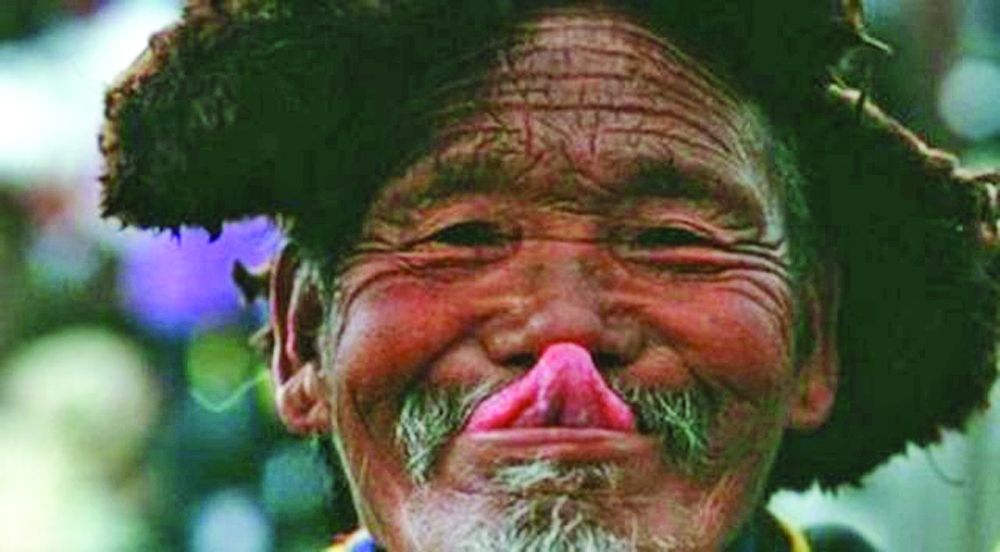


Generally, a normal handshake is considered a warm, respectful greeting around the world when you meet someone new, especially in western countries. But there are other places in the world with very unique gestures of greeting. Here are five different ways to say ‘Hello’ politely in different countries and cultures around the world.
STICK OUT TONGUE
In western countries, sticking out your tongue at someone is considered impolite and disrespectful. But in Tibet, this gesture dates back to the ninth century. The expression is a way to show agreement and respect in Tibet. SNIFF FACES In Greenland, Kunik, the Inuit tradition of placing your nose and upper lip against someone’s cheek or forehead and sniffing. This greeting is very limited to close relationships. There is nothing like the smell of someone you love.
HAND ON HEART
It is a very formal traditional Malaysian greeting. For this greeting, you have to take the other person’s hands in yours, then release the other person’s hand and bring your hand to your chest and nod slightly to symbolise goodwill and an open heart. It is polite for the other person to return the gesture.
THE BOW
The Wai is a standard traditional greeting across Thailand. It involves a gentle bow of the head with the other person’s hand pressed together in front. This is evidence of the influence of Hinduism and Buddhism in Thai culture. The Thai Wai has many meanings beyond a regular polite gesture, it has multiple other applications, including dance performances, apologies, etc.
CLAPPING YOUR HANDS
In Zimbabwe, shaking hands is common, but they also have a more traditional way of greeting in which they clap their hands. The first person claps once, and the second person claps twice in response. The difference here is, they cup their hands when they clap while saying ‘Mulibwanji’ meaning ‘hello.’ Men clap with their fingers and palms aligned, while women clap at an angle.